A brief outline
Buying a house is all fun and games until you move in and a major repair needs to be done. This can be avoided by paying attention to red flags when buying a house. These range from signs of water damage to electrical faults.
15 Red Flags When Buying a House
Buying a house is not only one of the biggest decisions in many people’s lives, but it’s also one of the biggest investments people can make. Thus, buying a house requires a lot of planning and checking, to make sure that you’re making the best possible decision. Your preferences in a home are important, but there are some criteria that are more critical to the decision than others. We’ll take you through the most vital signs to watch out for below, with 15 red flags when buying a house.
15 Red Flags When Buying a House
Many people already have an idea of what their dream home will be like, perhaps it’s a 4-bedroom home with a pool and 2 garages, or perhaps it’s a 3-bedroom apartment with a balcony and a sea view. However, people can get caught up with their preferences and miss some red flags which are crucial to the decision of buying the house or not. If they’re missed, these red flags could cause major issues down the line for unwitting home buyers.
So, don’t wait for the home inspection, take a look through our top 15 list of red flags when buying a house and do your very own inspection while you’re house hunting, before you even make an offer.
1. Water damage
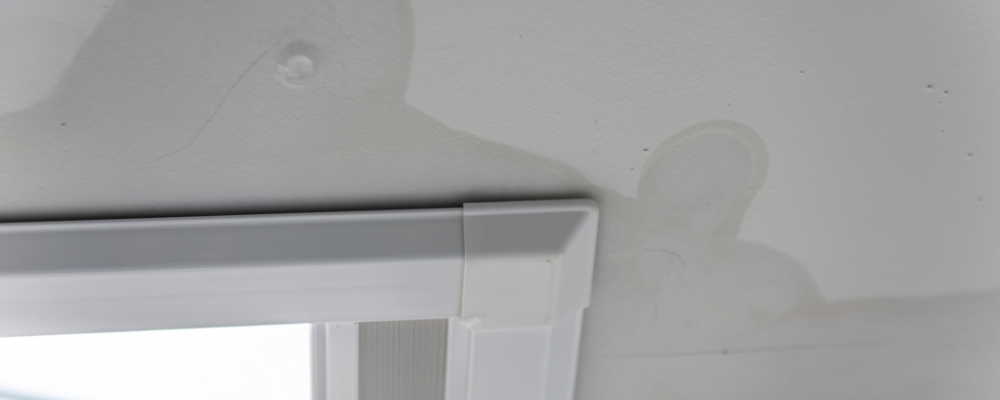
One of the main warning signs to look for when buying a home is water damage. This can range from leaky faucets to black mold and dry rot. On your trip around the house look for the following signs of water damage:
- Water stains on the ceilings and walls. These will look like a yellow or brown stain in an irregular shape and are caused by a leaking or burst pipe. These can lead to internal damage and costly repairs.
- A musty odor is a good indicator of a water leak, this smell can permeate a property from standing water, even where the water cannot be seen.
- Rust, water stains or water leaking from exposed pipes would all indicate a leak which could spell disaster around this area of the house.
- Black mold around windows or under sinks or drawers. Sometimes people have painted over the mold, however this does not get rid of the mold and instead traps the moisture under the paint and makes the problem worse. This can lead to serious health concerns.
- Warped or soft sheetrock under windows is often a sign of a water leak. So, walls that have patches painted on them, or sheetrock that looks damaged around the windows are a likely sign that there is water damage underneath.
If you see any of these signs while house hunting, make sure to ask the real estate agent or homeowner about water leaks, as these can be costly to fix and even cause health hazards if, for example, there is black mold sitting out of sight.
2. Structural problems
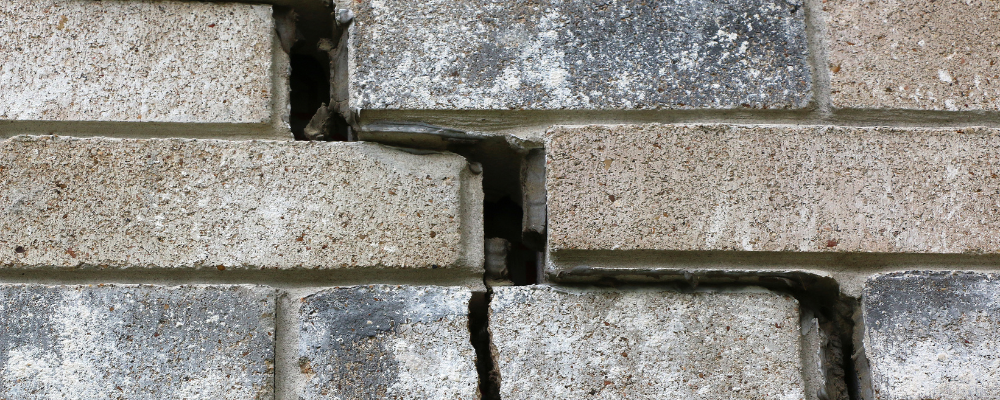
Structural problems, like issues with the foundations of a home are one of the most common red flags to go unnoticed. Hairline cracks aren’t unusual, particularly in older homes, but large gaps in the foundation can be a bigger problem. Sometimes it takes a structural engineer to see if there are any problems, but you can look out for these signs that indicate foundation problems:
- Doors or windows that won’t close properly
- Cracks in the window frames
- Uneven or sloping floors
A certain amount of settling is quite normal for house foundations, but if the floors are sloping at an angle or there are visible cracks around the house, this is a greater cause for concern. Some homeowners may paint over the foundation cracks too, so make sure that you check the exterior for cracks, or any mismatched paint jobs in specific areas.
3. High number of owners

If a house has been owned by many people and changes hands at a frequent pace, this is a red flag to be aware of. To give you an idea of how long people typically stay in a home, the National Association of Realtors reported that the median duration of homeownership in the US in 2018 was 13 years.
So, if you’re looking at a home that has changed owners every 2-3 years, there could be potential hidden problems with the house. Often times, buyers can only really tell what’s wrong with a house after moving in, so this a high number of home owners is a clear warning sign.
4. Property maintenance isn’t up to date
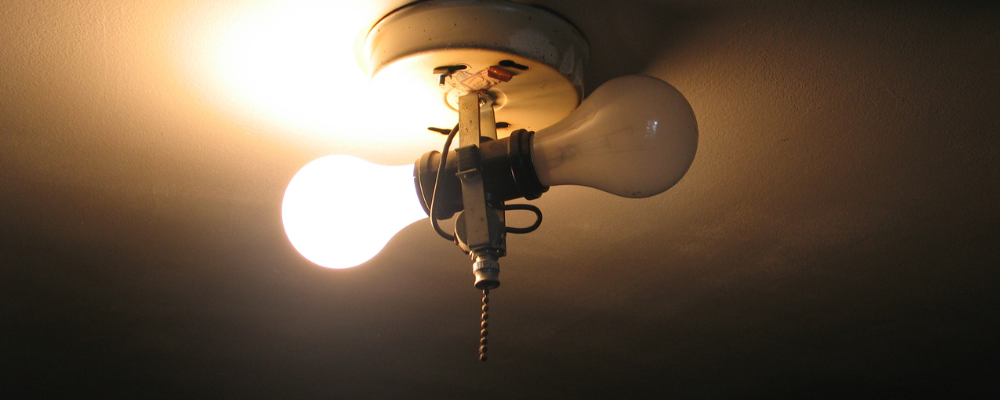
A house that hasn’t been properly maintained is likely to have problems later on. This could be 1 month after you buy the house or 1 year, but routine maintenance tasks that haven’t been performed can cause you a major expense at some point. Look out for things like:
- Burned out lightbulbs
- Leaky faucets
- Dirty chimney
- Cold or damaged caulking around the doors and windows
- Leaks in the roof
There are many more signs of routine maintenance being ignored so keep your eyes peeled for anything that hasn’t been maintained like it should’ve been, to prevent yourself having an expensive exercise later down the road.
5. Sagging ceiling
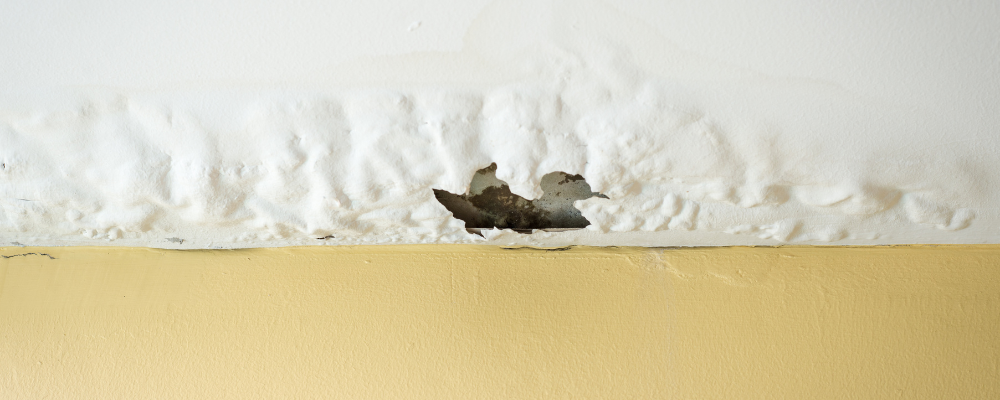
A ceiling that is sagging, has chipped paint or water marks on it can indicate roof leaks, structural problems that have caused movement, problems with the ceiling drywall or even pest infestations. These are major issues that could be extremely costly to repair. Ceilings with the slightest sag are a big red flag for home buyers, as there are most certainly hidden problems with the house that may not be disclosed.
6. Strong scents

If there is air freshener in every room or a strong scent all over, it’s likely that the homeowner is attempting to cover something up. This could be the smell of mold, pet odors or bad smelling carpets. Pay attention to whether the home has an excessive amount of air freshener and then try to view it again without the air freshener.
7. Damaged roof shingles
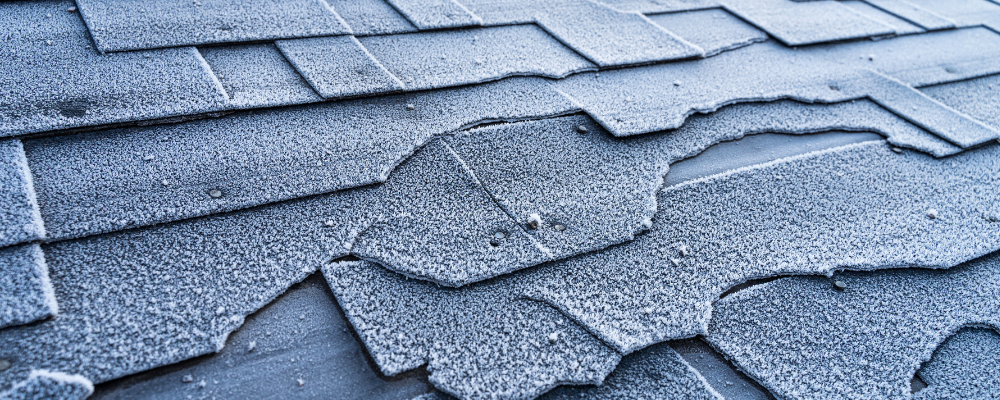
Shingles on the roof that are cracked, missing or warped are a red flag not to be ignored. Roof repairs or replacements are one of the most expensive projects to do, starting from a few thousand dollars and going up to tens of thousands of dollars. Checking that the roof tiles aren’t missing, damaged or warped is your first step to finding out whether there are roof issues that may cause a problem soon.
8. Fresh paint in a specific area
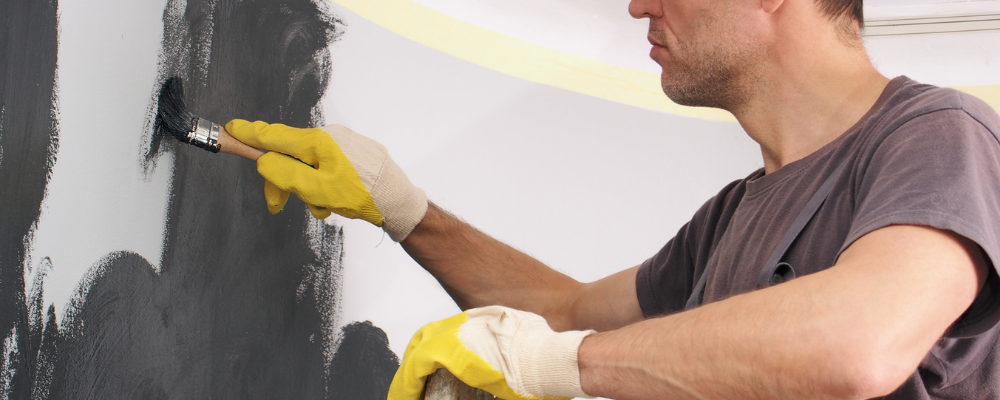
While painting a house before selling it is common practice and recommended by many real estate agents, fresh paint in a certain room only, or in a specific area, can be a cause for concern. It’s not often that a homeowner will paint one wall, or a single section of a room, without potentially trying to cover something up. They could have painted over black mold, a crack in the wall or something else. It’s important to ask questions if you see a specific area has fresh paint.
9. Stagnant water

Take a look around the outside of the house, if there is stagnant water near the house or in the yard, this can be a sign of poor drainage or a water leak. You’d see puddles near the house or perpetual water sitting in certain areas of the yard. Either way, stagnant water is not a good sign.
10. Jammed doors or windows
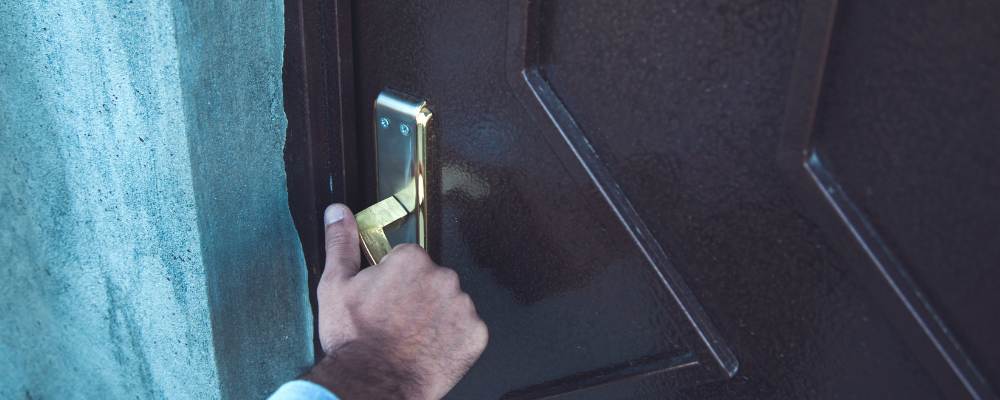
Make sure to test out all the doors and windows in the home, because when these get stuck or can’t open and close, it can often mean that there is a structural issue which has caused this, or they simply haven’t been installed correctly. Either way, it’s a costly project to fix because you’ll either need to hire a structural engineer to help you with any foundation problems or re-install the windows and doors that weren’t installed correctly.
11. Inadequate ventilation
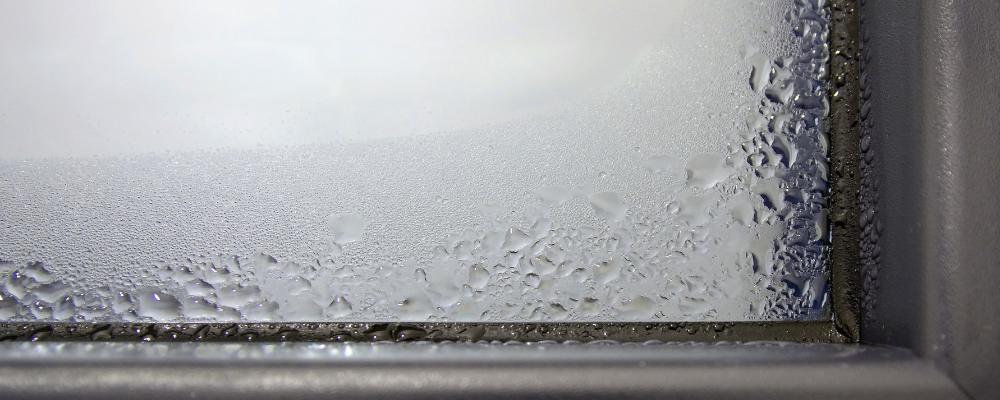
Pay close attention to the ventilation in the house, particularly in the attic and basement areas. Poor ventilation can lead to a moisture build-up which is a prime spot for mold to grow. Things that may indicate poor ventilation include:
- Paint around the windows, doors or vents that is peeling or bubbling
- Condensation on the windows
12. Electrical issues
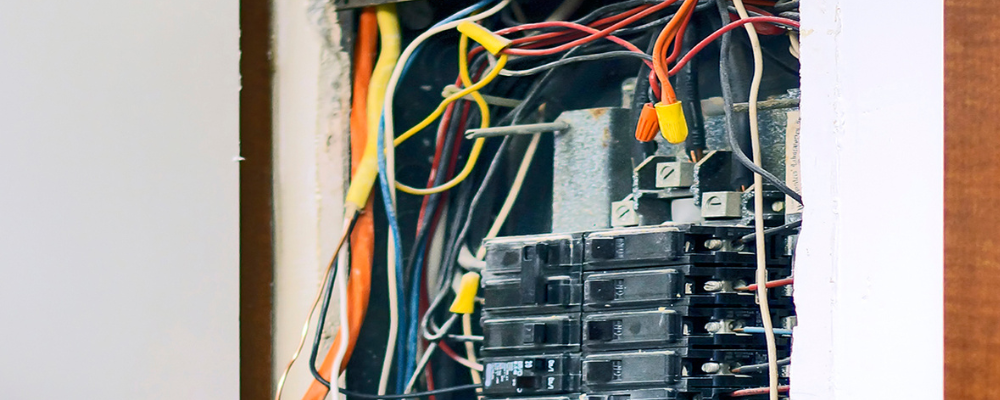
Electrical issues can often go undetected by home buyers, so make sure to check that the lights, appliances and outlets are all working. Flickering lights or outlets that don’t work can be a sign of bigger electrical problems and these are a red flag for home buyers. One of the most common results from home inspections is incorrect wiring and electrical cable issues. These can be a headache to fix, so make sure to do some checks before you make an offer.
13. DIY projects
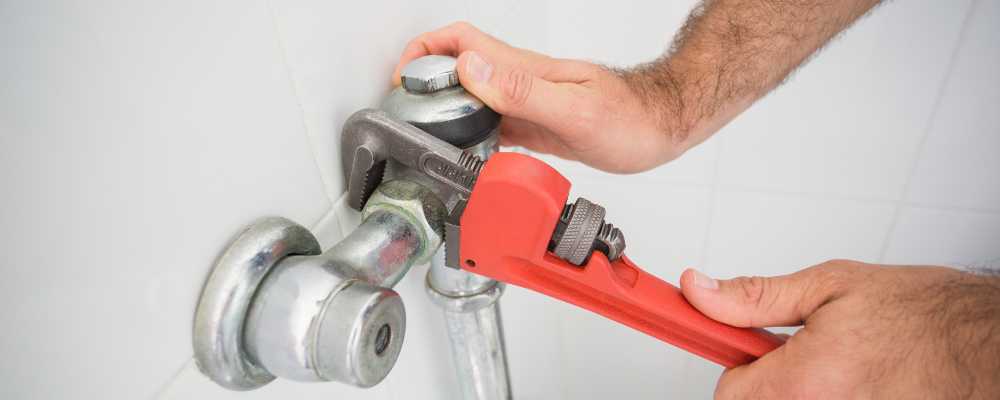
If a homeowner has done many DIY or amateur fixes around the house, this could be a red flag. Someone who isn’t qualified to do these jobs can cause issues for new home buyers because the fixes may not up to standard, and they could result in further repairs down the line. This is true particularly for electrical work, plumbing and carpentry. Check the work that has been done on the house and pay attention to whether this was done by a professional or an amateur.
14. Declining neighborhood
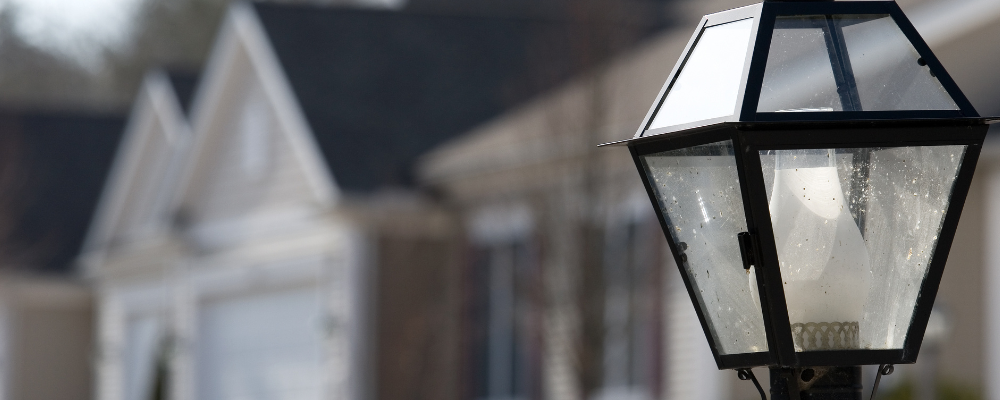
While you may have found your dream home, don’t forget to pay close attention to the neighborhood itself. A decline in the neighborhood could lead to a decline in property values, which means that the home you are buying may not appreciate in value as you expect it to. Look out for:
- Vacant homes or homes in foreclosure
- Unkept neighborhood areas such as parks
- Quality of nearby schools
15. Bathroom not fully functioning

Test the faucets, toilet, shower and bath in the bathrooms when you’re house hunting. If any of these aren’t working, this can be a red flag because they can indicate water pressure issues or plumbing problems. You’ll be stuck with the bill for the home repairs at the end of the day, so it’s in your best interest to do these checks.
The bottom line
There are various red flags for those who are house hunting, however if you do as many checks as you can in each house you may save yourself a lot of money in the home buying process and an extra call to a home inspector. It may mean that your home search takes a little longer, but it will be worthwhile in the end. After all, finding the right house isn’t just about looking for your dream home, it’s also about finding a house that will work for you practically, and not create a headache for you soon after you move in.



